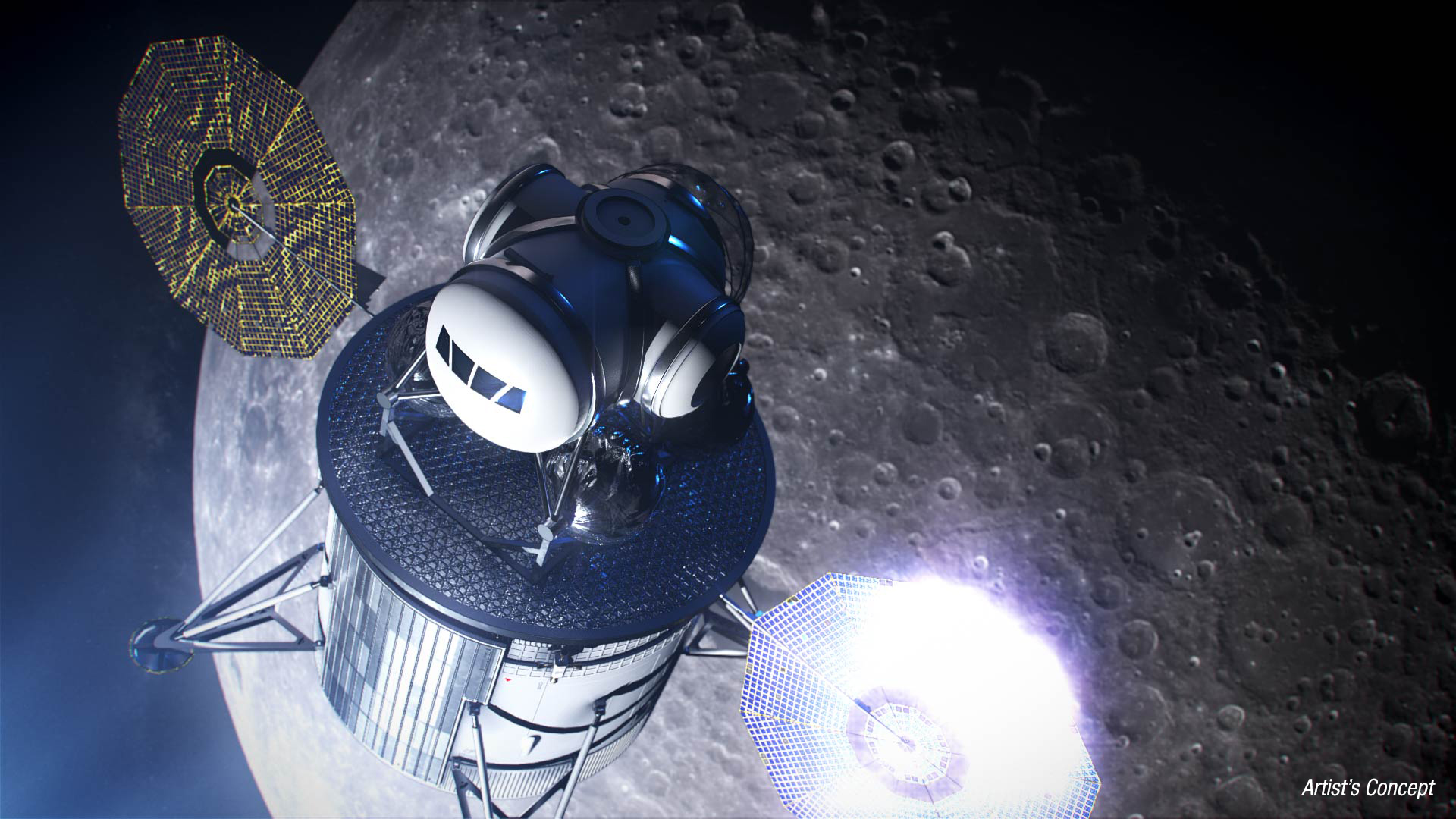
MOFFETT FIELD, Calif. — The next time NASA flies astronauts to the moon, more of us will go along for the ride.
The space agency plans to land two people near the lunar south pole by 2024, and at least one of those pioneers will be a woman. So the coming giant leap will be quite different than the Apollo moon missions, NASA chief Jim Bridenstine stressed.
The Apollo crewmembers were all white men, and most of them rose through the ranks of the U.S. military as fighter pilots or test pilots. (Apollo 17 moonwalker Harrison "Jack" Schmitt, a geologist, was a notable exception in this latter regard.)
Related: Lunar Legacy: 45 Apollo Moon Mission Photos
"This time when we go to the moon, we go with, in fact, all of America, under the Artemis program," Bridenstine said yesterday (Aug. 26) during a Women's Equality Day event here at NASA's Ames Research Center.
The name of the new crewed moon program is itself a nod to this more diverse and inclusive NASA, Bridenstine said. In Greek mythology, Artemis is the goddess of the moon, and she's the twin sister of the sun god Apollo.
"I'll tell you why this is so important to me as the NASA administrator," Bridenstine said. "I have an 11-year-old daughter, and I want her to see herself as having all of the opportunities that I saw myself as having when I was growing up."
Get the Space.com Newsletter
Breaking space news, the latest updates on rocket launches, skywatching events and more!
Speaker of the House Nancy Pelosi (D-Calif.) also spoke at yesterday's Ames event, and she voiced support for Artemis' bold ambitions.
"Mr. Administrator, you bring us honor by being here," Pelosi said to Bridenstine. "As far as having a woman step foot on the moon, our hopes are riding on you."
The composition of its astronaut corps isn't the only thing that will set Artemis apart from Apollo. Whereas the main goal of the original giant leap was beating the Soviet Union to the moon (thereby demonstrating the United States' technological supremacy over its Cold War rival), Artemis aims to establish a long-lasting, sustainable human presence on and around Earth's nearest neighbor.
NASA plans to achieve this objective, which will include the construction of a small moon-orbiting space station called the Gateway, by 2028. But even this accomplishment will not be an end in itself. NASA wants to use the moon as a proving ground — a place to learn and practice the skills needed to send astronauts to Mars, agency officials have said.
The Red Planet is the ultimate goal of NASA and the international human spaceflight community; the American space agency is working to get people there before the end of the 2030s.
"And when we go to Mars, yet again, we are going to have that very diverse, highly qualified astronaut corps," Bridenstine said. "And maybe, just maybe, the first person who ever walks on Mars will be a woman."
- Can NASA Really Put Astronauts on the Moon in 2024?
- The Apollo Moon Landings: How They Worked (Infographic)
- NASA 'On Track' to Return Astronauts to the Moon by 2024, VP Pence Says
Mike Wall's book about the search for alien life, "Out There" (Grand Central Publishing, 2018; illustrated by Karl Tate), is out now. Follow him on Twitter @michaeldwall. Follow us on Twitter @Spacedotcom or Facebook.
Join our Space Forums to keep talking space on the latest missions, night sky and more! And if you have a news tip, correction or comment, let us know at: community@space.com.

Michael Wall is a Senior Space Writer with Space.com and joined the team in 2010. He primarily covers exoplanets, spaceflight and military space, but has been known to dabble in the space art beat. His book about the search for alien life, "Out There," was published on Nov. 13, 2018. Before becoming a science writer, Michael worked as a herpetologist and wildlife biologist. He has a Ph.D. in evolutionary biology from the University of Sydney, Australia, a bachelor's degree from the University of Arizona, and a graduate certificate in science writing from the University of California, Santa Cruz. To find out what his latest project is, you can follow Michael on Twitter.









